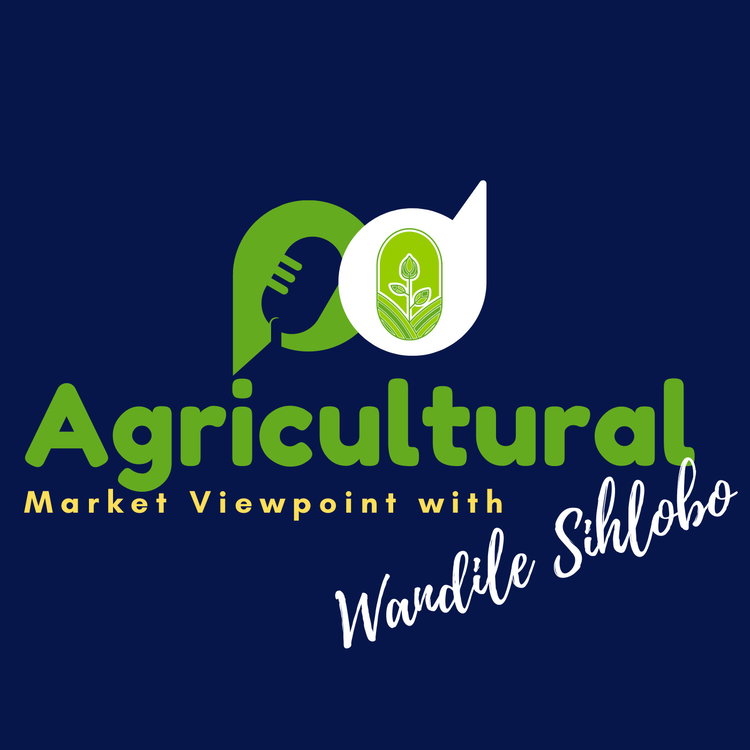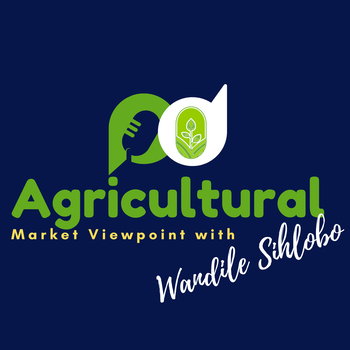
SA’s ample grain and oilseed harvest bodes well for food price inflation
Loading player...
There are some glimpses of positivity that often arise from the agricultural data, which are worth highlighting. Indeed, these do not suggest that all is well with South Africa's agriculture; we continue to struggle with animal disease challenges in cattle farming and the poultry industry.
However, if one is in horticulture or field crop production, the operating conditions are more favourable. The message I continue to receive from farmers of various fruits, vegetables, grains, and oilseeds, as well as other field crops, suggests a promising agricultural season. The yields are up from last year's drought period.
For a moment, I was worried that the excessive rains throughout April would cause quality damage to some crops. At the start of the harvest season, particularly in some grains, that was indeed the observation of some farmers. But things seem to have changed quite significantly. I've heard that the quality of crops, especially soybeans, is not as bad as we anticipated, although there are indeed areas with challenges.
Nevertheless, what is also encouraging is seeing a continuous upward revision of the harvest. For example, on June 27, the Crop Estimates Committee (CEC) released its fifth production estimate for the 2024-25 season in South Africa, lifting the expected harvest.
While there are five more estimates to come in the following months, when we reach the fifth estimate, we generally have more confidence in the size of the crop, as well as its quality, as some areas would have delivered a sizable share of their crop to the silos.
The CEC raised South Africa's 2024-25 summer grains and oilseeds production by 3% from the May 2025 estimate to 18,43 million tonnes. This represents a 19% increase from the previous season.
A closer look at the data reveals that the monthly upward revisions were primarily in maize (+1%), soybeans (+14%), and dry beans (+4%). Meanwhile, the rest of the other crops were roughly unchanged from the previous month.
More specifically, South Africa's maize harvest is now forecast at 14.78 million tonnes, which is 15% higher than the crop for the 2023-24 season. Of these 14.78 million tonnes, about 7.65 million tonnes is white maize, and 7.13 million tonnes is yellow maize. Importantly, these forecasts are well above South Africa's annual maize needs of approximately 12.00 million tonnes, implying that South Africa will have a surplus and remain a net exporter of maize.
Regarding oilseeds, the soybean harvest is estimated at 2.65 million tonnes, representing a 43% year-over-year increase. The annual uptick is primarily due to improved yields resulting from favourable rainfall. A significant portion of the soybean crop has already been delivered to commercial silos, and the quality is generally encouraging. Importantly, this is the second-largest harvest on record, and it is not even final. The record harvest of 2,77 million tonnes was recorded in the 2022-23 production season. This ample harvest also means South Africa will remain a net exporter of soybeans and soybean products. We are far from the time when we were a net importer of soybean products for animal feed, mainly oilcake. We are now in a net exporter position.
Sunflower seeds are up 15% from the previous season and are estimated at 727,800 tonnes.
The groundnut harvest is estimated at 63,510 tonnes (up 22% y/y), sorghum production is estimated at 137,970 tonnes (up 41% y/y), and the dry beans harvest is at 74,299 tonnes (up 47%). The base effects and favourable agricultural conditions boosted the yields.
In essence, South Africa is experiencing a recovery season for its grain and oilseed production, although some areas may face quality challenges. We see the benefit of the solid harvest in generally softening commodity prices, which are now at lower levels than last year, boding well for the moderating food price inflation for the year.
Richard Humphries and Sam Mkokeli produce this podcast.
However, if one is in horticulture or field crop production, the operating conditions are more favourable. The message I continue to receive from farmers of various fruits, vegetables, grains, and oilseeds, as well as other field crops, suggests a promising agricultural season. The yields are up from last year's drought period.
For a moment, I was worried that the excessive rains throughout April would cause quality damage to some crops. At the start of the harvest season, particularly in some grains, that was indeed the observation of some farmers. But things seem to have changed quite significantly. I've heard that the quality of crops, especially soybeans, is not as bad as we anticipated, although there are indeed areas with challenges.
Nevertheless, what is also encouraging is seeing a continuous upward revision of the harvest. For example, on June 27, the Crop Estimates Committee (CEC) released its fifth production estimate for the 2024-25 season in South Africa, lifting the expected harvest.
While there are five more estimates to come in the following months, when we reach the fifth estimate, we generally have more confidence in the size of the crop, as well as its quality, as some areas would have delivered a sizable share of their crop to the silos.
The CEC raised South Africa's 2024-25 summer grains and oilseeds production by 3% from the May 2025 estimate to 18,43 million tonnes. This represents a 19% increase from the previous season.
A closer look at the data reveals that the monthly upward revisions were primarily in maize (+1%), soybeans (+14%), and dry beans (+4%). Meanwhile, the rest of the other crops were roughly unchanged from the previous month.
More specifically, South Africa's maize harvest is now forecast at 14.78 million tonnes, which is 15% higher than the crop for the 2023-24 season. Of these 14.78 million tonnes, about 7.65 million tonnes is white maize, and 7.13 million tonnes is yellow maize. Importantly, these forecasts are well above South Africa's annual maize needs of approximately 12.00 million tonnes, implying that South Africa will have a surplus and remain a net exporter of maize.
Regarding oilseeds, the soybean harvest is estimated at 2.65 million tonnes, representing a 43% year-over-year increase. The annual uptick is primarily due to improved yields resulting from favourable rainfall. A significant portion of the soybean crop has already been delivered to commercial silos, and the quality is generally encouraging. Importantly, this is the second-largest harvest on record, and it is not even final. The record harvest of 2,77 million tonnes was recorded in the 2022-23 production season. This ample harvest also means South Africa will remain a net exporter of soybeans and soybean products. We are far from the time when we were a net importer of soybean products for animal feed, mainly oilcake. We are now in a net exporter position.
Sunflower seeds are up 15% from the previous season and are estimated at 727,800 tonnes.
The groundnut harvest is estimated at 63,510 tonnes (up 22% y/y), sorghum production is estimated at 137,970 tonnes (up 41% y/y), and the dry beans harvest is at 74,299 tonnes (up 47%). The base effects and favourable agricultural conditions boosted the yields.
In essence, South Africa is experiencing a recovery season for its grain and oilseed production, although some areas may face quality challenges. We see the benefit of the solid harvest in generally softening commodity prices, which are now at lower levels than last year, boding well for the moderating food price inflation for the year.
Richard Humphries and Sam Mkokeli produce this podcast.

